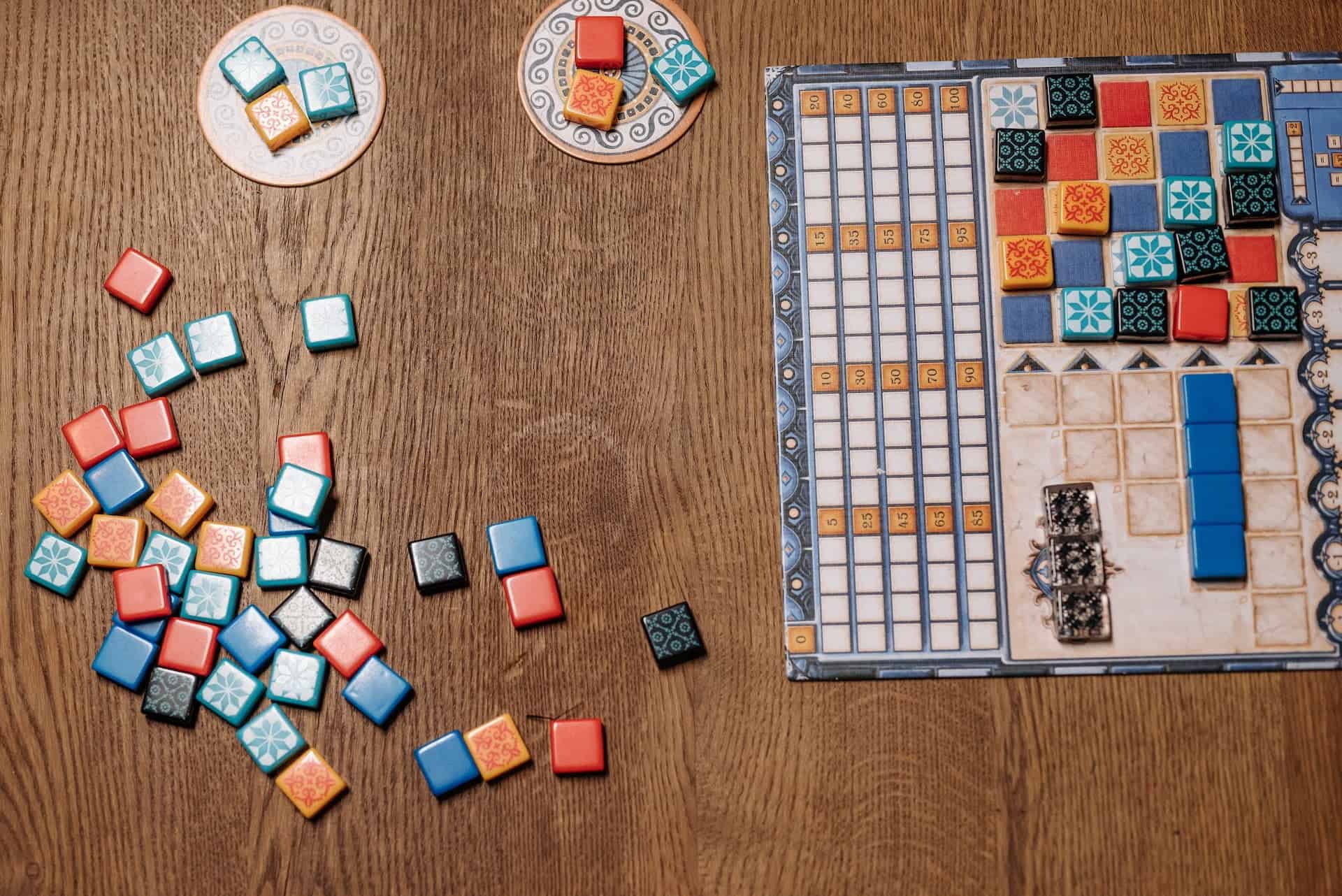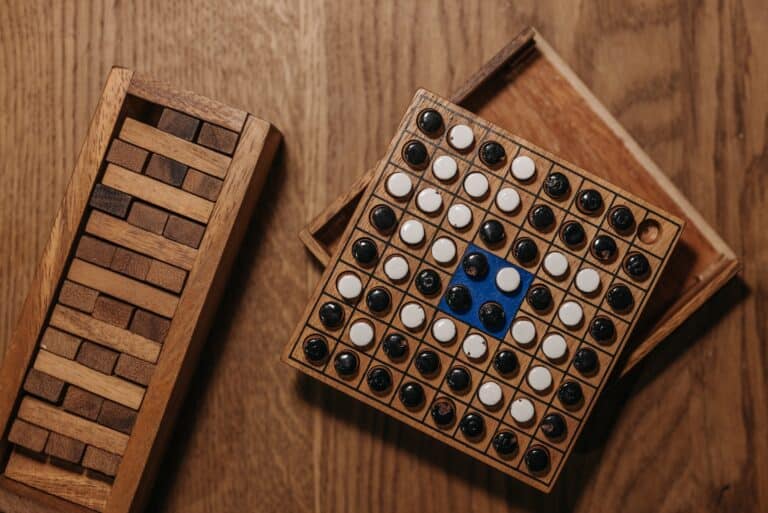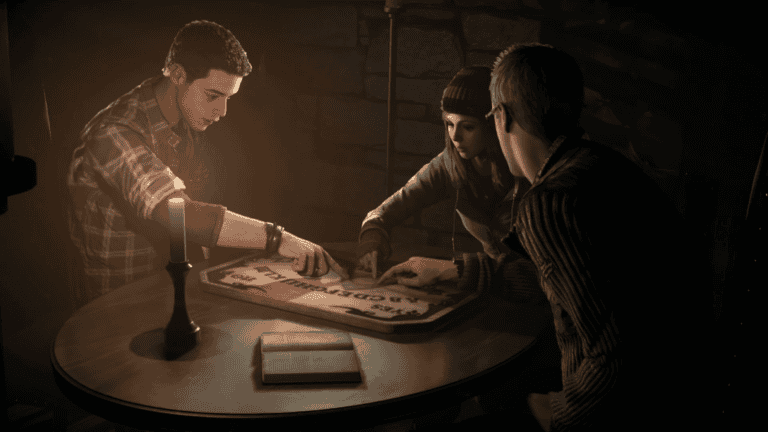Crafting Immortality: Legacy Board Game Design for an Evolving Gameplay Odyssey
Introduction: From Monotony to Masterpiece
Crafting a legacy board game is an intricate ballet of design, strategy, and storytelling. You’re not merely creating a game; you’re developing a dynamic narrative that evolves with each play, transcending the boundaries of traditional board games. Let’s embark on a journey into the fascinating realm of legacy board game design!
Chapter One: Understanding the Legacy Concept
At the heart of legacy board games is the principle of permanent change. Each game session influences subsequent plays, forever altering the gaming landscape. This ‘legacy’ concept creates a unique, immersive experience, transforming static gameplay into a thrilling, evolving odyssey.
From Risk Legacy, the game that introduced the genre, to the chart-topping Gloomhaven, the legacy format has reinvented the gaming scene with its revolutionary design. Unlike traditional board games, which reset after each session, legacy games carry forward the consequences of each play, engraving them onto the game’s fabric. Unopened envelopes, sealed boxes, destructible cards, stickers modifying the board – these elements encapsulate the ‘physical permanence’ of decisions, adding an exhilarating layer of investment and commitment from the players.
The inherent continuity in legacy games enables a level of progression and character development typically reserved for video games and role-playing games. It gives players a sense of ownership and connection, making each decision consequential and deeply impactful. This concept challenges the modus operandi of game design, turning every game session into a gripping chapter in an unfolding epic.
“The only thing that is constant is change.” – Heraclitus
Chapter Two: Building the Game Mechanics
Designing the game mechanics of a legacy board game involves strategic layering. The game should unfold like a well-paced novel, introducing new rules, challenges, and twists gradually. The key is to maintain a balance between complexity and playability, ensuring players remain engaged without feeling overwhelmed.
The mechanics of a legacy game must accommodate the concept of change. Hidden compartments, sealed envelopes, stickers, and destructible elements introduce new rules and modifications to the game world, keeping players on their toes. However, it’s a delicate balancing act. Unfurl too many surprises, and you risk overloading and alienating your players.
Furthermore, player interaction and decision-making should fuel the engine of change. Whether it’s a territory claimed in Risk Legacy or a character’s permanent death in Pandemic Legacy, these irreversible outcomes should arise organically from players’ actions. This mechanic-player interplay not only enhances player agency but also infuses replayability into the design, making each playthrough a unique exploration of the game’s decision tree.
Chapter Three: Weaving the Narrative
Storytelling is paramount in legacy board game design. A compelling narrative enhances the immersive quality of the game, fostering a deep emotional connection between the players and the unfolding storyline. By seamlessly weaving gameplay and narrative, designers cultivate a truly unforgettable gaming experience.
Creating a captivating narrative for a legacy game requires an understanding of pacing and plot progression. The narrative must intertwine with the game mechanics, revealing itself piecemeal as players unlock new elements and rules. This keeps the players engrossed, their curiosity piqued by the tantalizing drip-feed of story elements.
On another note, the narrative isn’t just about the broader plot but also the micro-stories that players create through their decisions. This aspect of emergent storytelling, driven by player agency, adds an extra layer of richness to the narrative. When players reminisce about the game, it’s these personal, unique stories they fondly recall, etching their gaming legacy into the annals of their memory.
“After nourishment, shelter and companionship, stories are the thing we need most in the world.” – Philip Pullman
Chapter Four: Fostering Replayability
Legacy games, despite their evolving nature, must offer a sense of replayability. Designers ingeniously achieve this by incorporating branching narratives, multiple ending scenarios, or variable player powers, enticing players to revisit the game from new perspectives.
Replayability is a crucial element to consider when designing a legacy game. Despite the finite campaign that defines many legacy games, designers can cleverly integrate elements that provide replay value. A branching narrative, where players’ decisions lead to different paths and outcomes, can entice players to revisit the game, eager to uncover alternate storylines and endings.
Additionally, designing a robust game system that stands independently of the legacy elements can greatly enhance replayability. Games like Gloomhaven achieve this by ensuring the core mechanics remain engaging even outside the campaign mode. This ensures the game retains value and appeal long after the initial campaign concludes, making it a worthwhile addition to any gaming collection.
Chapter Five: Addressing Design Challenges
Legacy board game design isn’t without its challenges. Creating an engaging game that evolves over numerous sessions requires careful planning and rigorous playtesting. Designers must anticipate various gameplay paths, ensuring each game session feels fresh and exciting while contributing to the overarching narrative.
When creating a legacy game, designers face unique hurdles. The intricacy of meshing narrative with evolving gameplay mechanics requires considerable finesse. In traditional games, balance and fun are tested over many plays of essentially the same game state. Legacy games, however, morph with each play, creating a multiplicity of game states that make balance an elusive goal.
Also, predicting player behavior becomes a complex task due to the long-term and irreversible nature of many decisions in legacy games. Designers need to ensure the game remains engaging, regardless of the choices made by the players. Rigorous playtesting becomes crucial to explore
“The secret of getting ahead is getting started.” – Mark Twain
Conclusion: The Legacy Lives On
Legacy board games represent a milestone in board game design, adding depth and dynamism to the tabletop gaming experience. They weave complex narratives with evolving gameplay, transforming players from mere participants to co-authors of an unfolding epic. Immerse yourself deeper into the legacy experience by joining our exclusive email group for more captivating insights!
FAQs
What is unique about legacy board game design?
Answer: Legacy board games incorporate the concept of permanent change, with each game session influencing subsequent plays. This creates a dynamic and immersive gameplay experience.
How does storytelling influence legacy board game design?
Answer: A compelling narrative is crucial in legacy board games, enhancing the immersive quality of the game and fostering a deep emotional connection between the players and the unfolding storyline.
How can legacy board games maintain replayability despite their evolving nature?
Answer: Designers incorporate elements like branching narratives, multiple ending scenarios, or variable player powers, enticing players to revisit the game from new perspectives, hence maintaining replayability.
What are some challenges faced in legacy board game design?
Answer: Designing an engaging game that evolves over numerous sessions requires careful planning and rigorous playtesting. Designers must anticipate various gameplay paths and ensure each game session feels fresh while contributing to the overarching narrative.
Keywords: Legacy Board Game Design, Evolving Gameplay, Game Mechanics, Storytelling, Replayability, Design Challenges
References: BoardGameGeek, Tabletop Gaming Magazine, The Dice Tower, Shut Up & Sit Down
Anecdote
Speaking of design challenges, I once designed a legacy game that players found bewilderingly complex. One seasoned veteran at Gen Con quipped, “Your game’s like the Sphinx’s riddle!” This humbling experience sent me back to the drawing board, where I reworked my ‘ingenious’ mechanic into something more digestible. In game design, sometimes less is truly more!







